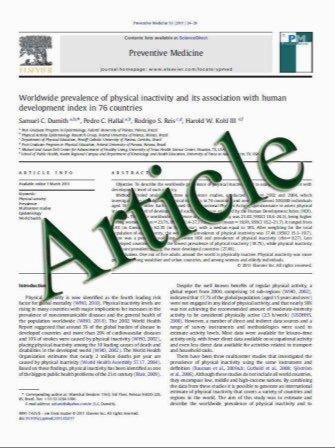Neuroendoscopic fenestration of the foramen of Monro without septostomy for unilateral hydrocephalus following neonatal intraventricular hemorrhage
- نوع فایل : کتاب
- زبان : انگلیسی
- مؤلف : Hyoung-Joon Chun & Youngjoon Lee & Hyun-Kyung Park & Young Soo Kim
- چاپ و سال / کشور: 2010
Description
Purpose Unilateral hydrocephalus is a rare type of hydrocephalus caused by germinal matrix hemorrhage–intraventricular hemorrhage (GMH–IVH) in preterm infants. We present a case of posthemorrhagic unilateral hydrocephalus in a preterm infant that was successfully treated with neuroendoscopic fenestration of the foramen of Monro without septostomy. Case report Brain ultrasound of a female infant born at 26+1 weeks gestation revealed delayed unilateral hydrocephalus in the frontal horn of the lateral ventricle after IVH. In this case, unilateral hydrocephalus appeared to be caused by chronic inflammatory changes, leading to membrane formation in the foramen of Monro. After neuroendoscopic foraminoplasty without septostomy, ventricular size decreased, and the patient’s neurological status improved per the PREMIE-NEURO exam, a neurologic examination for preterm infants of gestational age 23–37 weeks. Conclusions This case demonstrates that simple repermeation of the foramen without fenestration of the septum pellucidum can successfully treat membrane-induced unilateral hydrocephalus. Also, because hydrocephalus can develop even after stabilization of GMH–IVH, close follow-up during the first year of life and beyond may reduce the likelihood of brain damage due to advanced hydrocephalus
Childs Nerv Syst (2011) 27:473–478 DOI 10.1007/s00381-010-1272-1 Received: 30 June 2010 / Accepted: 23 August 2010 / Published online: 2 September 2010


